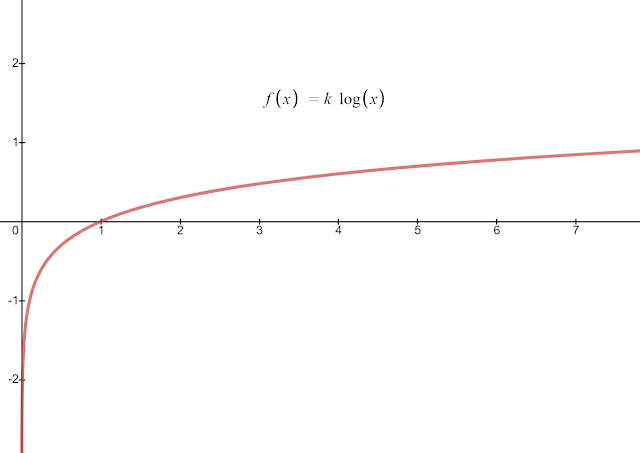In 1284, while the town of Hamelin was suffering from a rat infestation, a piper dressed in multicoloured clothing appeared, claiming to be a rat-catcher. He promised the mayor a solution to their problem with the rats. The mayor, in turn, promised to pay him for the removal of the rats. The piper accepted and played his pipe to lure the rats into the Weser River, where they all drowned. Despite the piper's success, the mayor reneged on his promise and refused to pay him the full sum even going so far as to blame the piper for bringing the rats himself in an extortion attempt. Enraged, the piper stormed out of the town, vowing to return later to take revenge. On Saint John and Paul's day, while the adults were in church, the piper returned playing his pipe. In so doing, he attracted the town's children. One hundred and thirty children followed him out of town and into a cave and were never seen again. Three children remained behind: one was lame and could not follow quickly...





